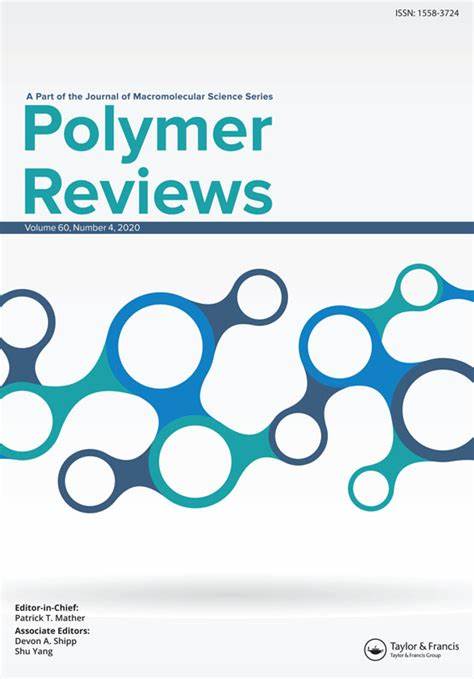基于开环复分解聚合的阴离子交换膜研究进展
IF 11.9
2区 化学
Q1 POLYMER SCIENCE
引用次数: 10
摘要
开环复分解聚合(ROMP)以其在温和反应条件下的快速聚合和其合成的聚合物骨架中双键的独特特性为进一步修饰和功能化提供了条件,成为制备燃料电池阴离子交换膜(AEM)的一种典型工艺方法。本文综述了利用ROMP制备AEMs的研究进展。采用季铵、磷等不同的离子交换基团和金属阳离子(如双(三吡啶)-钌(II)和钴铈),获得了稳定性好、导电性高的聚环烯和聚降冰片烯AEMs。聚合物结构和离子通道主要在聚合物骨架中构建,形成“离子通道”微相分离结构,提高其化学稳定性和离子电导率。在选择离子交换基团和优化聚合物骨架的基础上,总结了这些离子交换膜(IEMs)的性能及其相应的燃料电池性能。这些聚环烯和聚降冰片烯AEMs在燃料电池中具有优异的性能和前景。我们相信,对这类AEM的进一步探索可能会导致实际应用。本文章由计算机程序翻译,如有差异,请以英文原文为准。
Overview of Anion Exchange Membranes Based on Ring Opening Metathesis Polymerization (ROMP)
Abstract With very fast polymerization in mild reaction conditions and unique characteristic of double bonds in its synthesized polymer skeleton for further modification and functionalization, ring opening metathesis polymerization (ROMP) becomes one typical processing method to obtain anion exchange membrane (AEM) for fuel cells. In this paper, AEMs prepared by ROMP are reviewed. Polycyclooctene and polynorbornene AEMs with both good stability and high conductivity are achieved with different ion exchange groups such as quaternary ammonium, phosphorus and metal cations (such as bis(terpyridine)-ruthenium(II) and cobaltocenium). Polymer structure and ion channels are mainly constructed in the polymer skeleton to form the “ion channel” microphase-separated structure to improve its chemical stability and ionic conductivity. On the basis of selected ion exchange groups and optimized polymer skeleton, performances obtained in these ion exchange membranes (IEMs) and their corresponding fuel cell performances are summarized. These polycyclooctene and polynorbornene AEMs have excellent properties and promising performances in fuel cells. We believe that further exploration of this class of AEM may lead to practical applications.
求助全文
通过发布文献求助,成功后即可免费获取论文全文。
去求助
来源期刊

Polymer Reviews
工程技术-高分子科学
CiteScore
24.80
自引率
0.80%
发文量
21
审稿时长
6 months
期刊介绍:
Polymer Reviews is a reputable publication that focuses on timely issues within the field of macromolecular science and engineering. The journal features high-quality reviews that have been specifically curated by experts in the field. Topics of particular importance include biomedical applications, organic electronics and photonics, nanostructures, micro- and nano-fabrication, biological molecules (such as DNA, proteins, and carbohydrates), polymers for renewable energy and environmental applications, and interdisciplinary intersections involving polymers.
The articles in Polymer Reviews fall into two main categories. Some articles offer comprehensive and expansive overviews of a particular subject, while others zero in on the author's own research and situate it within the broader scientific landscape. In both types of articles, the aim is to provide readers with valuable insights and advancements in the field of macromolecular science and engineering.
 求助内容:
求助内容: 应助结果提醒方式:
应助结果提醒方式:


